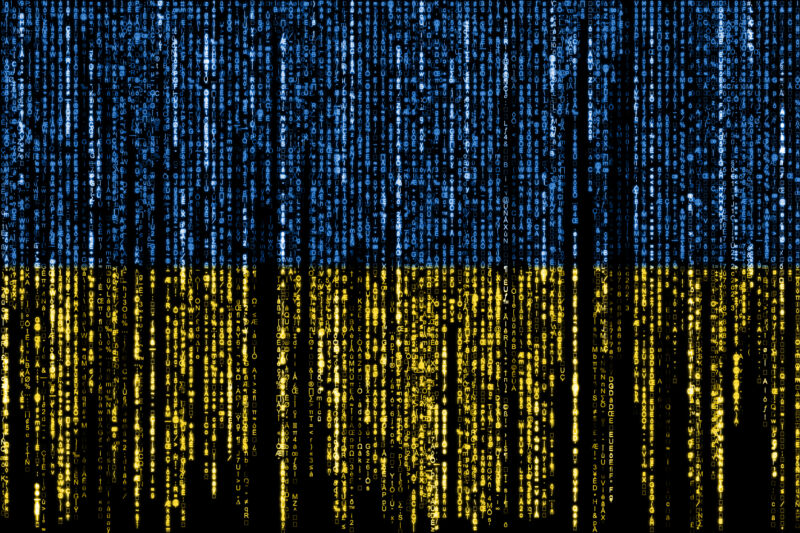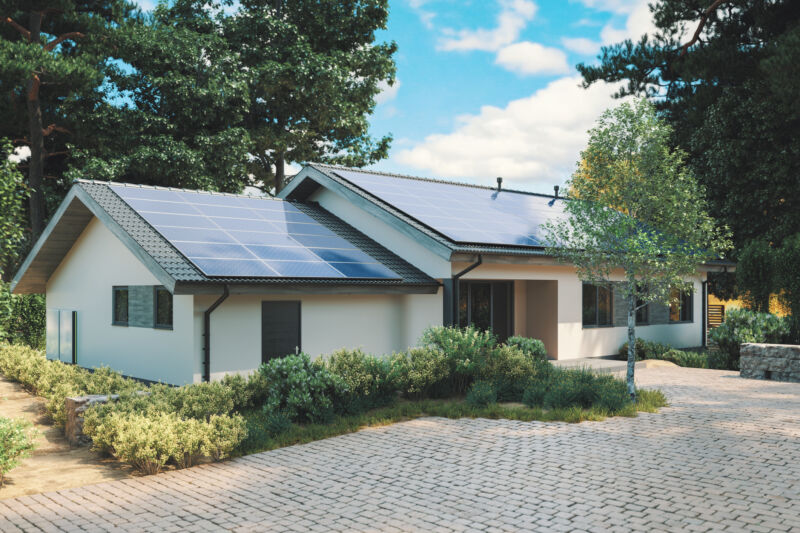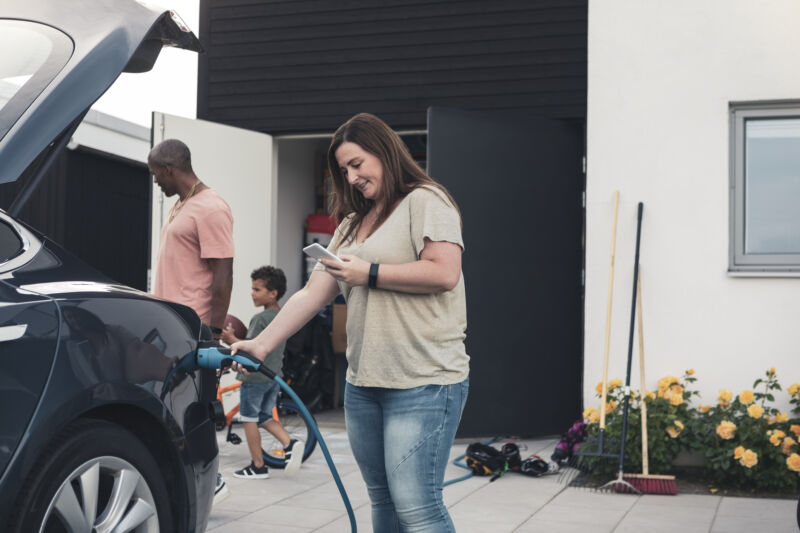-
 chevron_right
chevron_right
Alphabet’s “Renew Home” company brings power grid data to your smart home
news.movim.eu / ArsTechnica · Thursday, 14 December - 18:15 · 1 minute

Enlarge (credit: Alphabet)
Google's parent company, Alphabet, is launching a new company called " Renew Home ." The new company will pull in some other projects from Nest and the rest of Alphabet to become a supposed one-stop shop for power savings and clean energy usage. The core concept is partnering with power companies to obtain data about the current condition of the power grid and using that data to change consumer habits. The new company is bankrolled by Sidewalk Infrastructure Partners (SIP), an Alphabet venture capital firm.
The first existing service getting pulled into Renew Home is Nest Renew . This service for Nest Thermostats uses power company data to tell consumers how their electricity is being generated and what it costs. That data lets your thermostat do things like automatically shift heating and cooling to times of day when energy is cheaper or cleaner, and shows various reports about the cleanness of the energy you've been using. (Nest's feature that lets utility companies remotely take control of your thermostat, Rush Hour Rewards, does not seem to be part of Renew Home.)
Another Alphabet service being pulled into Renew Home is OhmConnect, which is the same basic idea as Nest's grid data-power thermostat adjustments but for more than just your thermostat. OhmConnect is compatible with a very small list of smart devices, like Nest-rival Ecobee and Honeywell thermostats, TL-Link's "Kasa" smart home system, and Tesla vehicles. The backbone of the service appears to be the in-house " OhmPlug " smart outlet, which can monitor the energy usage of anything that plugs into the wall. By seeing that you've turned these smart devices during peak usage times, OhmConnect offers people rewards like gift cards or cash for not using power when the grid is at capacity.




